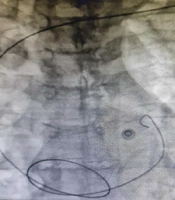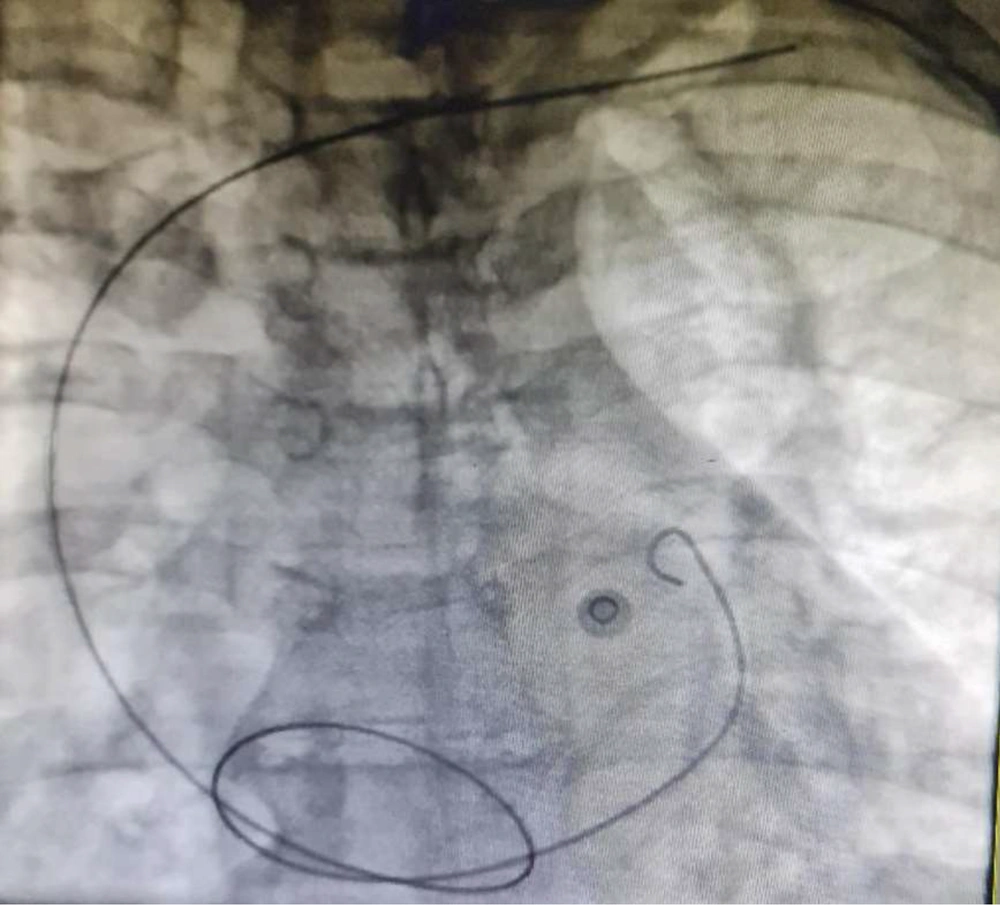Dear Editor,
Medical error refers to any potential or actual mistake that results in harm to patients. One out of every ten patients receiving medical care may experience an adverse event (1). Patient safety encompasses a set of activities and policies aimed at preventing injuries and potential harm during healthcare. Anesthesia practice has been a pioneer in the establishment of patient safety planning (2). With the rapid growth in technology and medical sciences, attention to increasing patient safety is becoming a global priority.
One challenging aspect of enhancing patient safety is establishing and maintaining a safety culture. Healthcare providers may make mistakes, but covering them up is harmful, and not learning from them is even worse. Although medical errors are unintentional, they become intentional if repeated. Therefore, establishing a proper culture of safety is crucial for preventing the recurrence of medical errors (3). Root cause analysis is an important component of a safety culture that focuses on non-punitive approaches to errors. A punitive approach to human error leads to lost opportunities for learning and improvement (4). Encouraging anesthesia residents to report medical errors in a timely manner and treating them with respect is one of the important foundations of patient safety policy in our center.
In a 58-year-old female patient, during the placement of a central venous catheter under general anesthesia through the internal jugular vein, the anesthesiology resident missed removing the guidewire and lost it. Fortunately, the assistant quickly informed the attending anesthesiologist. A chest radiograph revealed migration of the guidewire into the heart (Figure 1). The patient was then transferred to the angiography department, where the guidewire was safely removed through the femoral vein. Following the procedure, the patient was transferred to the intensive care unit in good condition.
Despite many efforts, perioperative complications may not be entirely avoidable. Therefore, anesthesiologists must be extremely vigilant and alert to complications in order to perform timely treatment. Consequently, patient safety programs should be a fundamental consideration in the training course of anesthesia residents (5). In this case, a non-punitive approach to human error led to honest and prompt reporting of the complication and timely therapeutic intervention.
Since continuous improvement based on learning from errors and mishaps is a crucial element of patient safety programs, it is highly recommended to register errors in relevant systems to provide appropriate educational content. Therefore, anesthesia assistants should be trained and encouraged to report any medical errors without fear and to record them in these systems.

